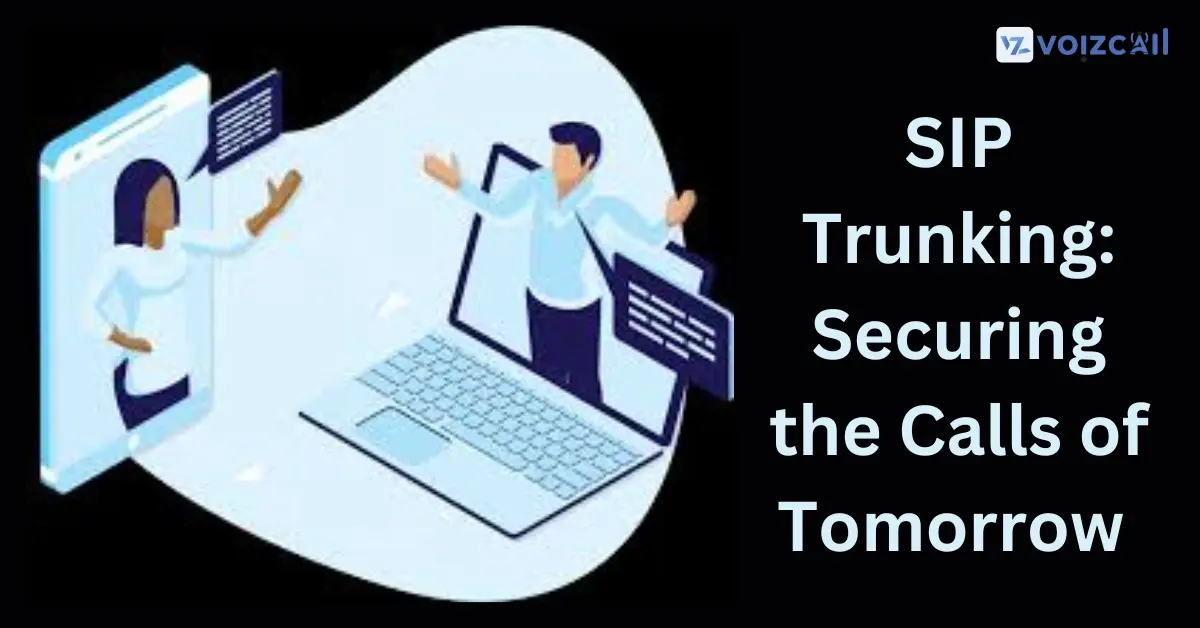


21/May/2024
SIP Trunking has become a game-changer for businesses, offering a cost-effective and flexible way to make and receive calls over the internet. However, as with any technology that relies on internet connectivity, security concerns are paramount.
In this ever-evolving landscape, ensuring the confidentiality, integrity, and availability of your voice communication is crucial. This blog post will explore the potential security threats associated with SIP Trunking and equip you with best practices to safeguard your calls, paving the way for a secure and reliable communication future.
Evolving Threats in the SIP Trunking Arena
While SIP Trunking offers numerous advantages, it's not without its security vulnerabilities. Here are some key threats to be aware of:
1. Call Hacking: Malicious actors might attempt to intercept or reroute your calls, potentially leading to eavesdropping on sensitive conversations or incurring fraudulent charges.
2. Denial-of-Service (DoS) Attacks: These attacks can overwhelm your SIP Trunking system with a flood of traffic, rendering it inaccessible and disrupting your communication channels.
3. Man-in-the-Middle (MitM) Attacks: Hackers can position themselves between your communication and the recipient, potentially stealing or altering data during calls.
4. Unsecured Signaling: If the communication between your SIP Trunking provider and your network isn't properly encrypted, it becomes vulnerable to interception.
5. Securing Your Calls: Building a Fortress
Fortunately, there are several steps you can take to mitigate these threats and secure your SIP Trunking system:
6. Strong Encryption: Implement robust encryption protocols like Secure Real-time Transport Protocol (SRTP) to scramble your voice data during transmission, making it unreadable to unauthorized users.
7. Authentication and Authorization: Employ strong authentication and authorization mechanisms to ensure only authorized devices and users can access your SIP Trunking network.
8. Regular Security Audits: Conduct periodic security audits to identify potential vulnerabilities in your system and implement necessary security patches promptly.
9. Work with a Reputable Provider: Choose a SIP Trunking provider that prioritizes security and offers advanced features like intrusion detection and prevention systems.
10. Employee Training: Educate your employees on best practices for secure communication, such as being wary of suspicious links or attachments in emails.
The Future of SIP Trunking Security
As technology advances, the security landscape for SIP Trunking continues to evolve. Emerging technologies like blockchain have the potential to revolutionize communication security by offering tamper-proof call records and decentralized routing. Additionally, the development of new encryption protocols and intrusion detection methods will further strengthen the security posture of SIP Trunking systems.
By actively mitigating threats and embracing new security advancements, businesses can ensure that their SIP Trunking infrastructure remains secure and reliable well into the future. Remember, taking a proactive approach to security today will ensure your calls are protected tomorrow.